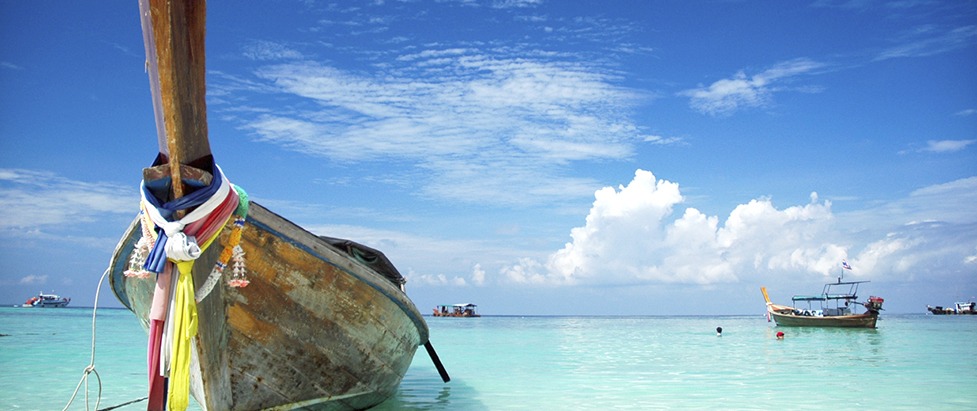It can be sometimes easy to forget about what we term Small Island Developing States (SIDS) especially when looked at on an individual basis. Officially, SIDS were defined by the United Nations more than 20 years ago as low-lying coastal countries with similar challenges in terms of development and resources, and, perhaps most relevant to this space, also with challenges in providing affordable communication access and networks to their residents.
Many SIDS individually are fairly small in terms of population and economy, and sometimes outsiders can see their lack of connectivity as a plus if they are looking to vacation, unplug and “get away from it all” in exotic places such as the Seychelles or Maldives. However, that masks the larger fact that SIDS are thriving economies and Internet contributors waiting for their chance to be heard and get involved.
SIDS are actually a topic quite near and dear to me – my family comes from Fiji, and I have seen first hand the profound impact that improved access has had on that country’s development and economy. It’s part of the reason that I’ve spent a good part of my career championing development in remote areas, especially in the Pacific Islands, as well parts of Asia. But more than that, I’m consistently impressed and inspired by what SIDS bring to the table, and what the wider world can learn from them.
Together SIDS make up some 63 million people, which is not insignificant, with an economic impact of $575.3 billion, and they tend to punch well above their weight on Internet issues (and dare I say in sports also dear to me, including cricket and rugby!).
Here are a couple of their challenges and approaches that immediately come to mind that we can all perhaps learn a little from:
- Specific Issues, Specific Solutions. Most often SIDS are dealing with network and connectivity issues in a “real-life now” format, rather than trying to dwell on future market opportunities and predict long-term growth. So they are more adept at solving issues quickly and practically for the here and now, though it’s important for them to also to keep an eye on what may affect things some years down the road. Small market sizes (with often limited consumer spending power) require specific solutions that address their specific issues.
- Accounting for Environmental Factors. We just saw a number of SIDS state their cases at the UN Climate Change Summit in New York several weeks back, and the fact remains that these nations are much more vulnerable to ongoing environmental changes we are seeing from global warming. Therefore, these countries need to have technical solutions that take environmental factors into account – be it rainfall levels and flooding, the ever-present seasonal hurricanes or the potential of earthquakes (which may not even occur nearby) and resulting tsunamis which can have devastating impact on low-lying areas.
- More Island-Wide/Country-Wide Solutions. Because SIDS are usually quite sparsely populated, they tend to need to work together to come up with solutions and share best practices; and often these tend to be for the whole island rather than a single area or customer base. These present great challenges sometimes given distances, terrain, cost and other factors, and require different models and approaches to be effective. Having worked with the telecommunications sector in the Pacific for a number of years in the early part of my career, one thing I learned very quickly was for the need to be highly resourceful – minimum resources, maximum output – and to just make things work!
Some of the most active chapters in the Internet Society are actually SIDS — the Pacific Islands Chapter (covering 22 countries and territories) and the Trinidad and Tobago Chapter come to mind as good examples – and in watching these countries, there’s a great deal we can learn. They represent the very virtues of the Internet Society – from community-based collaborative efforts to advocating for affordable access and connectivity to sharing best practices – in order to ensure the Internet truly is available to everyone.

